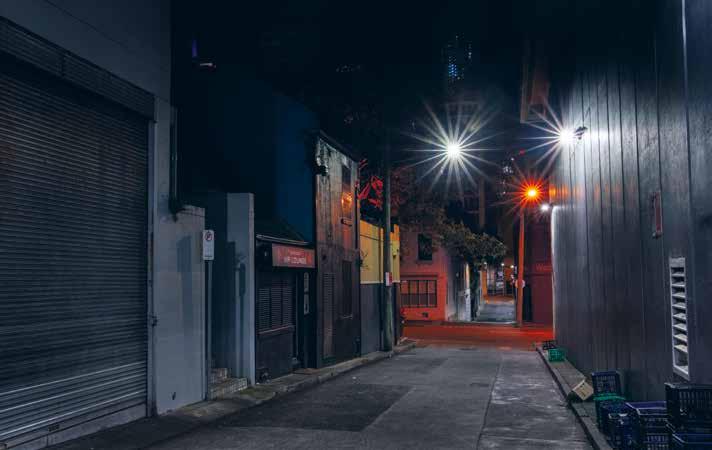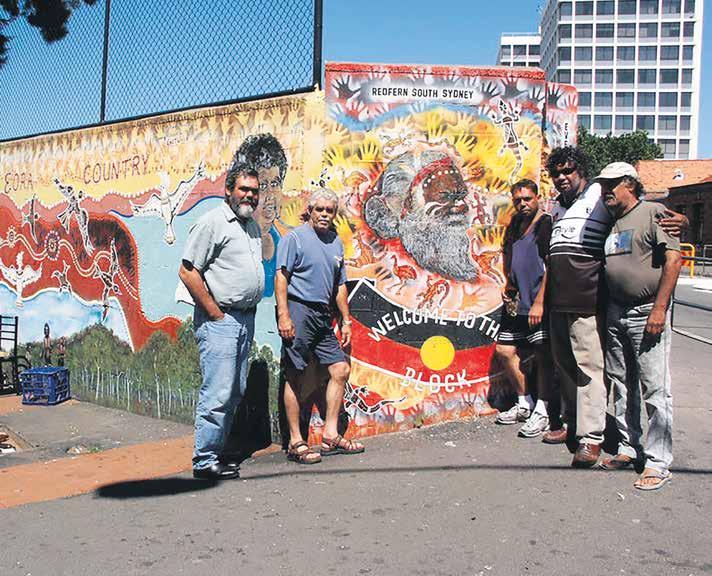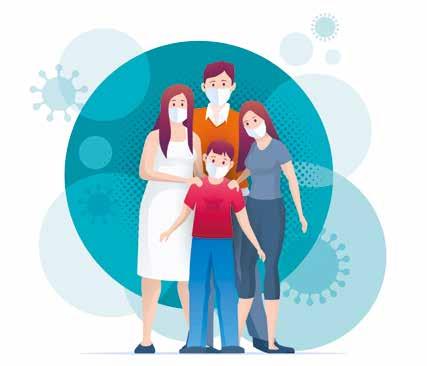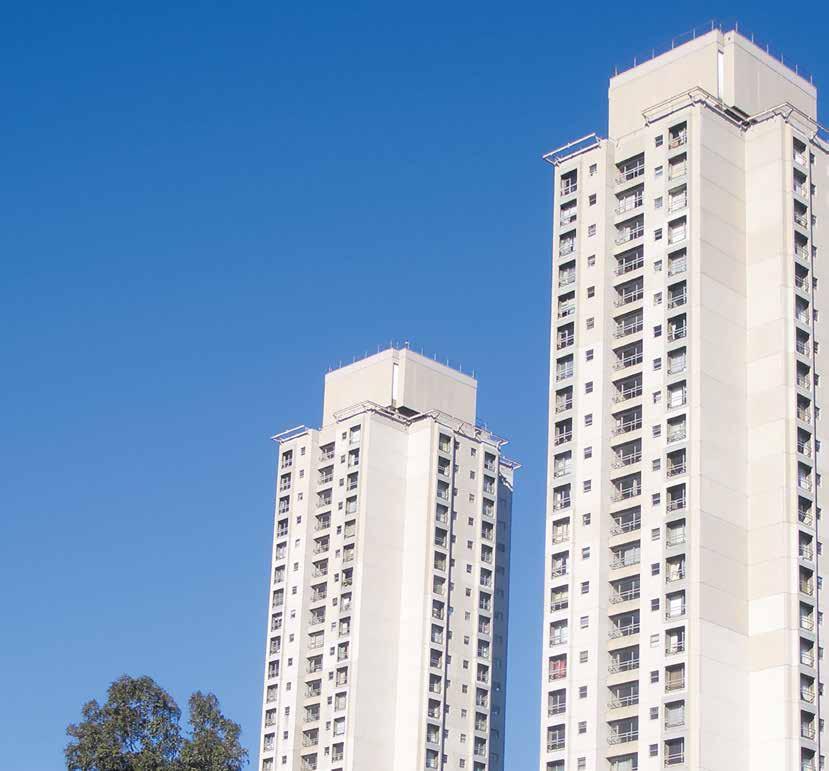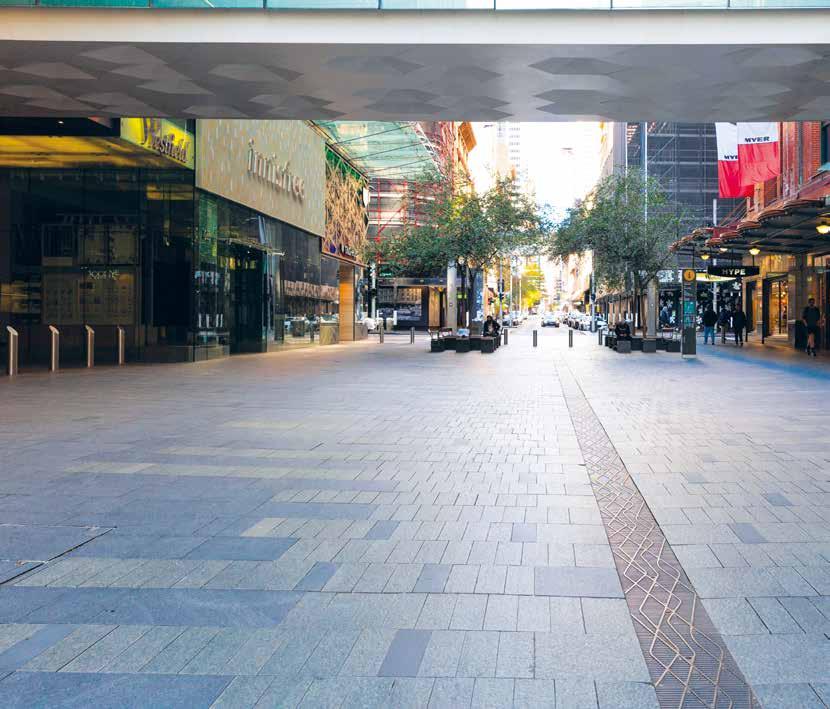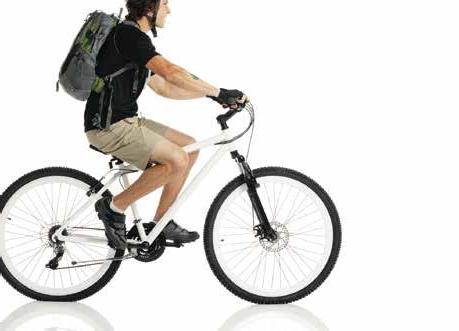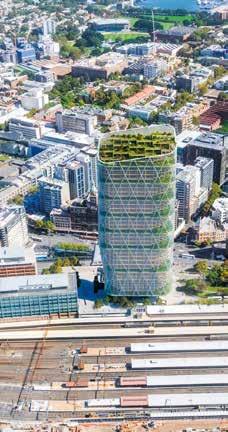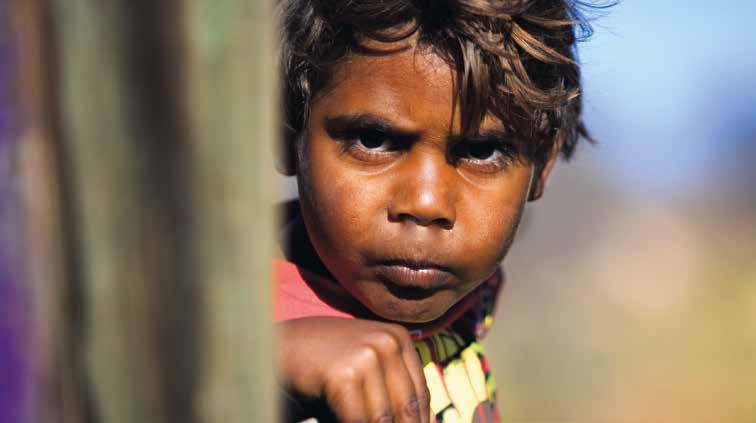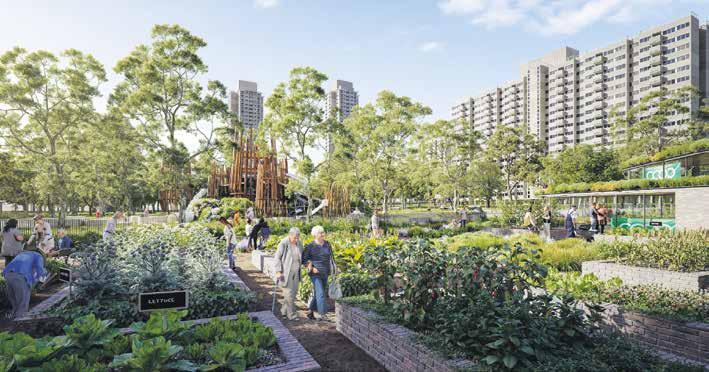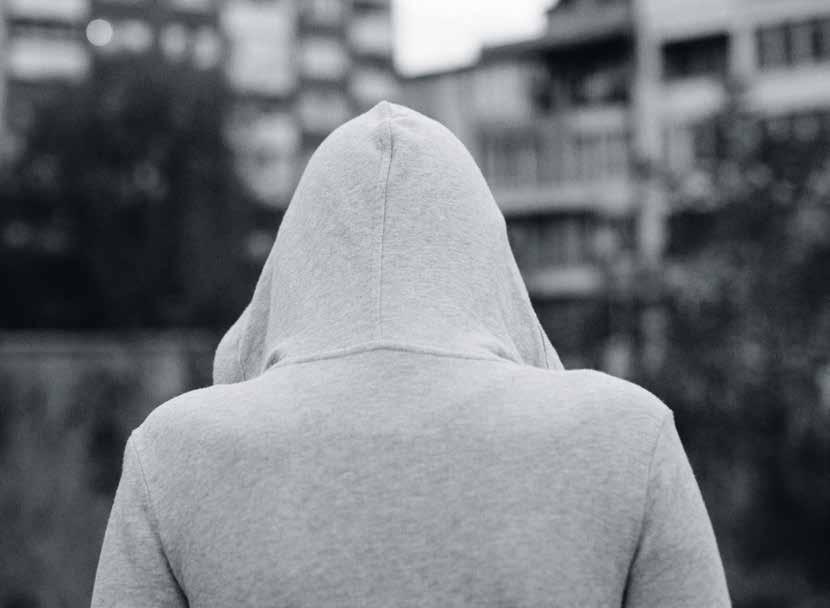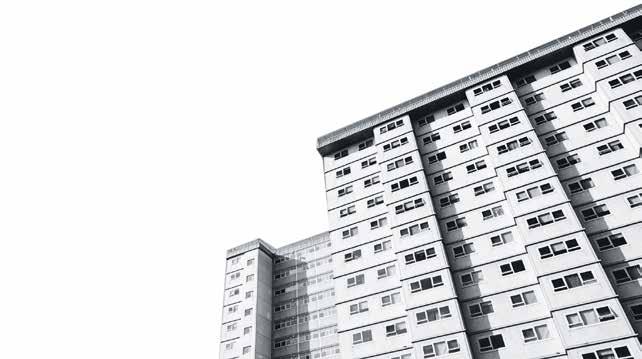HOMELESSNESS
THE YOUNG HOMELESS
A NEW REPORT FROM MISSION AUSTRALIA PROVIDES UNIQUE INSIGHT INTO YOUTH HOMELESSNESS. CHRISTOPHER KELLY DISTILLS THE DETAILS.
H
omelessness can be an isolating, destabilising and often traumatic experience. For children and young people, homelessness can be particularly devastating to their development and its effects are often long lasting. Stable, affordable and suitable housing is essential for a young person’s economic, mental, physical and social wellbeing. It is also connected to a positive sense of self, good health, and social cohesion. Young people undergo many changes as they go through adolescence: physical changes, changes to their emotions and ways of thinking, a shifting sense of identity and values, new relationships, and newly developed aspirations for their future. This period in a young person’s life — when they take on new roles and responsibilities — is critical in setting the stage for a happy and successful adulthood. To complete the transition, young people need to fulfil educational goals, become economically self-sufficient, and develop and maintain social relationships. All of these milestones are much more diffi-
14
cult to achieve for young people experiencing homelessness. More than 43,500 children and young people in Australia are homeless. The 2016 Census reported that almost one quarter of Australia’s homeless population was aged between 12 and 24 years. It is generally accepted, however, that these figures underestimate the extent of the problem. Many young people experience “hidden homelessness” — staying with friends or relatives because they lack housing opportunities. Last month, Mission Australia released the findings from its annual Youth Survey report. Among the 22,673 respondents — aged 15 to 19 years — more than one in six young people (3,876 or 17.1 percent) reported having an experience of homelessness. In a national breakdown, the total number of respondents who had experienced homelessness in NSW was 933 — the second highest number after Queensland. In response to the findings, Mission Australia CEO James Toomey said: “Many people would be shocked
Inner Sydney Voice • Spring 2020 • www.innersydneyvoice.org.au
to learn that one in six young people aged 15 to 19 years in Australia have been homeless at some stage in their lives.” A concerning proportion of the respondents said they have experienced either time without a fixed address or lived in a refuge or transitional accommodation (6.6 percent) and/or spent time couch surfing (13 percent). Couch surfing, explain the report’s authors, “refers to people who stay away from their usual residence, living temporarily with other households because they feel unable to return home”. They might be sleeping on friends’ sofas, in spare rooms or garages. In many cases, this experience of homelessness was not an isolated one-off incident, with the majority of couch surfers reporting they have spent time away from home more than once, and a small but important minority — 5.8 percent — suggesting they typically stay away for longer than six months. “This cannot be accepted as just the way things are,” said Toomey. “If we stand idle, too many young people will


